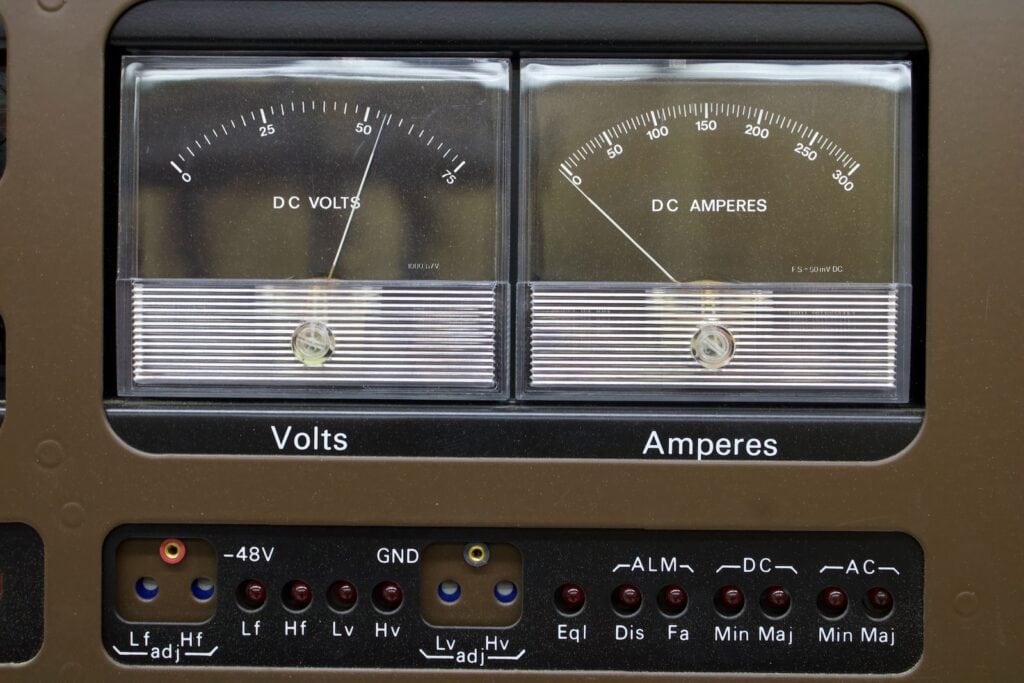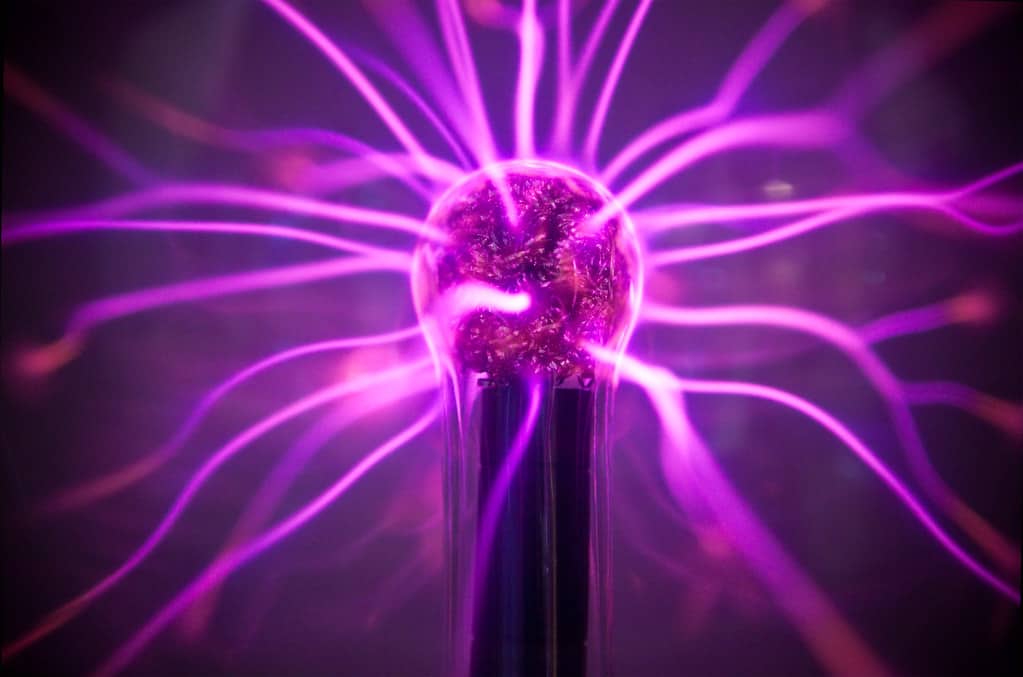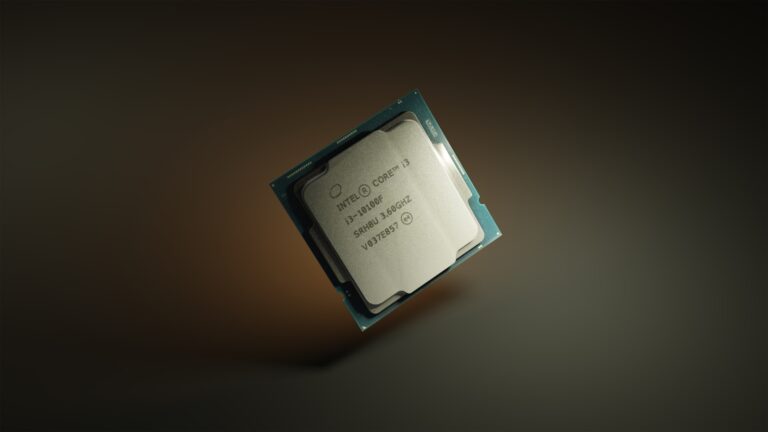Understanding electricity is important because it powers our homes and gadgets. The key players are Amps, Watts, and Volts. This article aims to explain these terms and their significance in practical scenarios.
Amps, Watts, and Volts
Electricity powers nearly everything around us — from your phone charger to massive industrial machines. To understand how it works, you need to grasp three key concepts: volts (V), amps (A), and watts (W).
🔋 What Are Volts?
Volts measure electrical potential — essentially, the “pressure” that pushes electric current through a circuit.
Think of electricity like water flowing through a hose:
- Voltage is the water pressure.
- The higher the voltage, the stronger the push that drives electrons through the wire.
Example:
- A typical U.S. household outlet provides 120 volts, while many European outlets provide 230 volts.
- Higher voltage means more potential energy to move current or power larger devices.
⚙️ What Are Amps?
Amps (amperes) measure current, or the flow rate of electricity — how many electrons move through a wire per second.
Continuing the water analogy:
- Amps are like the volume of water flowing through the hose.
- More amps mean a stronger flow of electricity.
Example:
- A phone charger might draw 2 amps, while a space heater could draw 12 amps or more.
💡 What Are Watts?
Watts measure power — the rate at which energy is used or produced. Watts combine both voltage and current into one measure:
[ \text{Watts} = \text{Volts} \times \text{Amps} ]
This means power depends on both how much voltage is pushing and how much current is flowing.
Example:
- A 60-watt light bulb on a 120-volt circuit draws about 0.5 amps (since 60 ÷ 120 = 0.5).
- A 1200-watt hair dryer draws 10 amps at the same voltage.
🔄 How They Work Together
| Concept | Symbol | Measures | Analogy | Example |
|---|---|---|---|---|
| Voltage | V | Electrical pressure | Water pressure | 120V outlet |
| Current | A | Flow of electricity | Water flow rate | 10A circuit |
| Power | W | Energy used per second | Water power (pressure × flow) | 1000W appliance |
All three are connected — changing one affects the others.
⚡ Ohm’s Law: The Missing Piece
To fully understand electricity, you also need resistance, measured in ohms (Ω).
Ohm’s Law connects all these values:
[ V = I \times R ]
Where:
- V = Voltage
- I = Current (amps)
- R = Resistance (ohms)
If resistance increases (like using a thinner wire), current decreases for the same voltage.
🧠 Practical Applications
- Choosing cables: Higher current (amps) requires thicker wires to prevent overheating.
- Sizing fuses or breakers: Circuit breakers are rated in amps to protect against overloads.
- Understanding energy use: Power (watts) × time (hours) = energy consumption (watt-hours or kilowatt-hours), which is what your electric bill measures.
⚙️ Quick Reference Formulas
| Formula | Description |
|---|---|
| W = V × A | Calculate power |
| V = W ÷ A | Calculate voltage |
| A = W ÷ V | Calculate current |
🌍 Why It Matters
Understanding volts, amps, and watts helps you:
- Use electrical devices safely
- Choose the right equipment for your needs
- Reduce energy costs and improve efficiency
- Troubleshoot electrical problems confidently
🧩 In Summary
- Volts = Pressure
- Amps = Flow
- Watts = Power (the result of volts × amps)
By mastering these basics, you’ll have the foundation to handle everything from simple home wiring to designing efficient energy systems.
Further reading:
- EcoFlow: Ultimate Electrical Calculation Guide
- Battle Born Batteries: Amps, Volts, Watts Explained
- Bob Vila: Difference Between Amps, Volts, and Watts
Amps, Watts, and Volts: The Electrical Trio
| Feature | Description | Formula |
|---|---|---|
| Amps (A) | Measure of current flow, like water rushing through a pipe. The higher the amps, the stronger the flow. | I (amps) = P (watts) / V (volts) |
| Watts (W) | Measure of electrical power, like the force behind the water flow. More watts means more power available. | P (watts) = V (volts) x I (amps) |
| Volts (V) | Measure of electrical pressure, like the push driving the water flow. Higher volts create greater pressure and potential for power. | V (volts) = P (watts) / I (amps) |
Think of it this way:
- Watts: The amount of work done (like lighting a bulb).
- Amps: The rate at which work is done (like the speed of water flow).
- Volts: The force behind the work (like the water pressure).

Here are some real-world examples:
- A 100-watt light bulb needs about 0.83 amps at 120 volts.
- A phone charger might output 5 watts at 5 volts, giving around 1 amp.
- A car battery might have 12 volts and 500 cold cranking amps (CCA), providing a burst of power for starting the engine.
Remember:
- You can’t have one without the other. They’re the three sides of the electrical triangle, always connected by the formulas above.
- Understanding this relationship is crucial for choosing the right electrical equipment, avoiding overloads, and ensuring safe usage.
What are Volts?
Volts measure the electric potential or “pressure” in a circuit. It’s the force that pushes the electricity through the wires. Think of volts as the pressure of water in a hose; higher pressure (volts) can push water (electricity) further or with more force. Volts are crucial for determining the type of equipment and the efficiency of electrical devices.
Key Fact: Volts are the driving force of electricity in a circuit.
What are Amps?
Amps, short for amperes, measure the current’s strength or flow of electricity. It’s analogous to the volume of water flowing through the hose. In practical terms, the ampere rating of a device tells you how much electricity it draws or needs to function. This is essential for ensuring that devices are connected to suitable circuits that can handle their electrical demands.
Key Fact: Amps represent the volume of electrical flow, crucial for understanding the power needs of devices.
What are Watts?
Watts are the units of power resulting from the combination of volts and amps (amps x volts = watts). They measure the rate of energy consumption or production, akin to the power generated by water turning a wheel. Understanding watts is vital for gauging the energy usage of appliances and for making energy-efficient choices.
Key Fact: Watts measure the energy used per second, directly influencing the power output and energy efficiency of devices.
The Interplay of Volts, Amps, and Watts
The relationship between volts, amps, and watts can be understood through practical examples:
- Home Appliances: A standard light bulb might use 60 watts of power. If it operates at 120 volts, the current drawn is 0.5 amps (60 watts / 120 volts = 0.5 amps). This calculation helps in determining the suitability of electrical circuits for appliances.
- Electric Vehicles: An electric car battery may operate at 400 volts. If it delivers a power of 200 kW (200,000 watts), the current drawn is 500 amps (200,000 watts / 400 volts = 500 amps). This high amperage is why EVs require robust and specialized charging systems.
Practical Scenarios and User Experiences
Understanding volts, amps, and watts isn’t just theoretical; it’s crucial for everyday applications:
- DIY Projects: When installing lights or appliances, knowing the voltage and wattage requirements helps in selecting the right wires and ensuring safety.
- Energy Savings: By choosing appliances with lower wattage, users can reduce energy consumption and save on electricity bills.
- Tech Gadgets: Knowing the power requirements of gadgets helps in selecting the right chargers and avoiding damage to the devices.

Summary of Facts
- Volts measure the electric potential, similar to water pressure in a hose.
- Amps measure the current’s strength or flow, like the volume of water in the hose.
- Watts result from volts and amps combined, representing the power or energy used per second.
- Understanding these concepts is key to electrical safety, energy efficiency, and informed usage of appliances and devices.
FAQ
What Determines the Efficiency of an Electrical Device?
The efficiency of an electrical device is primarily determined by how well it converts electrical power (watts) into its intended function, whether it’s light, heat, or mechanical work.
Can Using a Device with Higher Wattage Damage the Electrical System?
Using a device with a higher wattage than what the electrical system can handle can lead to circuit overload, potential damage to the device, and safety hazards.
How Can I Save Energy in My Home Regarding Electrical Usage?
To save energy, opt for appliances with lower wattage, use energy-efficient light bulbs, and unplug devices when not in use to reduce phantom power consumption.







